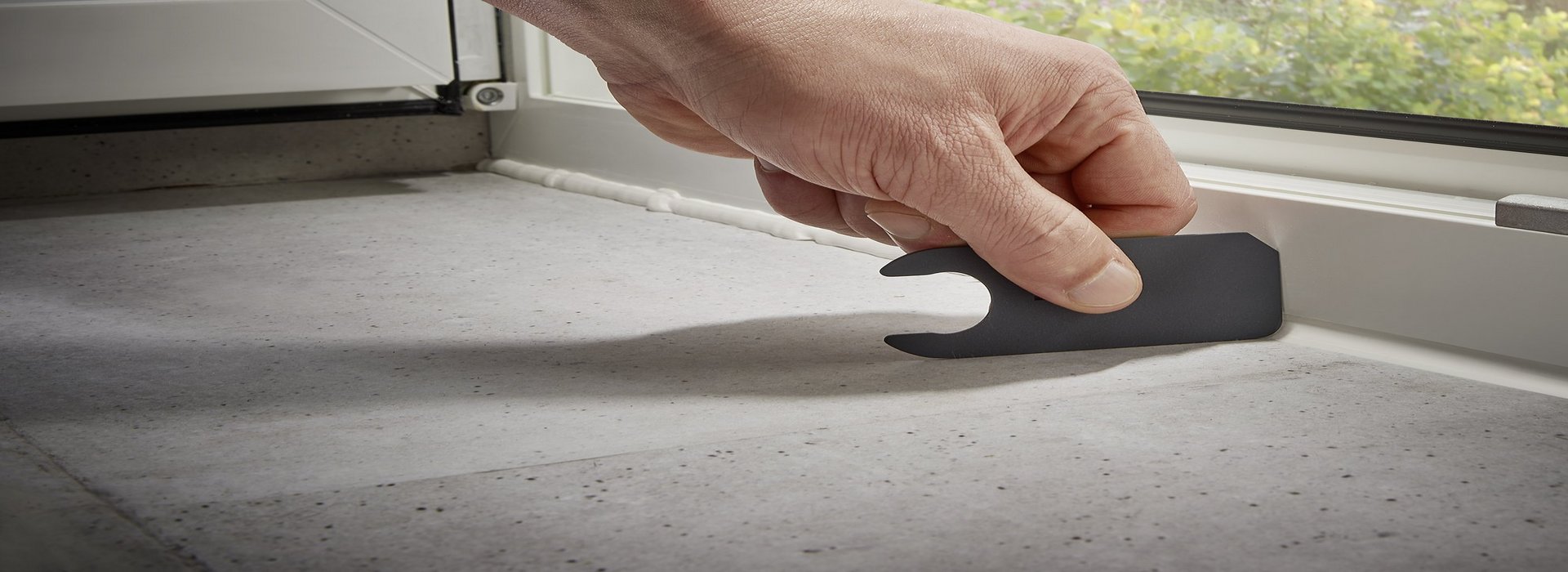Silicone Joints Turn Ugly After a Few Years
In the kitchen, basement, laundry room or bathroom – silicone joints can be found everywhere in the household. Unfortunately, they don't age well and turn ugly after a while.
This article explains how you can renew old joints with the right tools.
Instructional Video: Renewing Your Silicone Joints

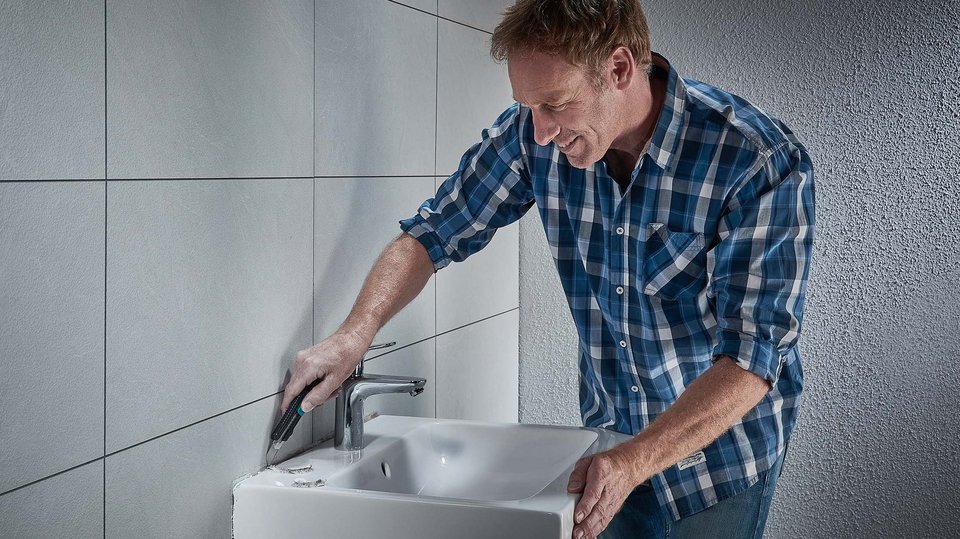
Perfect Joints in 3 Steps
Step 1: Removing the old joint
Removing the old silicone residues is frequently a laborious and time-consuming task. We recommend using a snap-off blade knife to remove the old joint.
The remaining residues can be cleaned away quickly and thoroughly with a scraper.
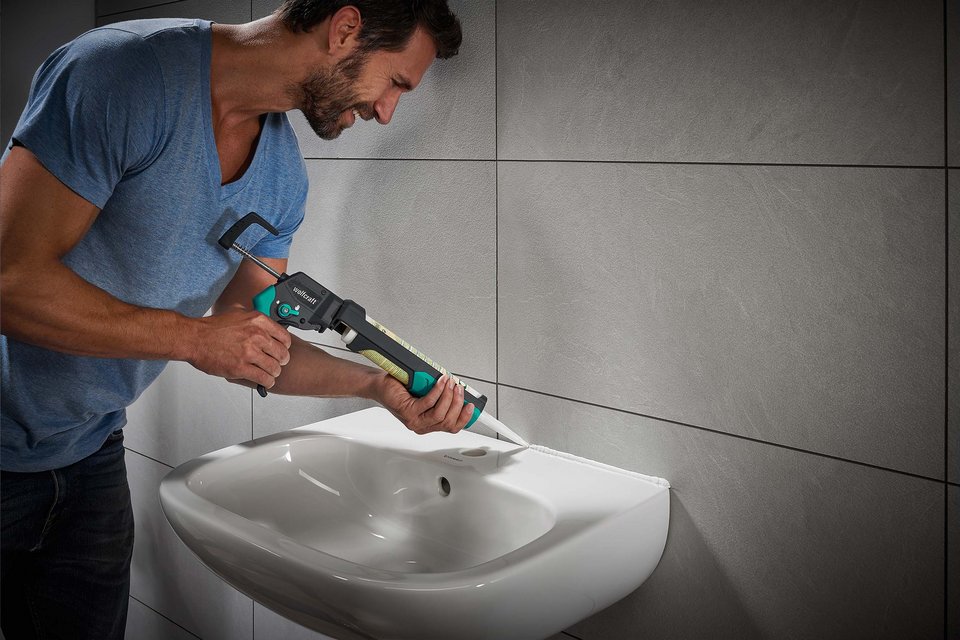
Step 2: Applying the new sealant
To fill the joint again, you need silicone or acrylic.
Cut the tip of the cartridge with a cartridge knife and put the tip on the gun. You can trim the cartridge to the desired length. An angled cut is very beneficial here, it helps you to apply the material at the correct angle. The best tool for this is our cartridge knife.
The height of the cut later determines the width of your joint – the more you cut off, the larger the opening and the wider the bead of material that flows out. Now insert the cartridge into the caulking gun.
Hold the silicone gun at a 45° angle and apply constant pressure to get a clean joint. Draw the silicone line in a single shot and apply constant pressure. This ensures an even appearance.
Step 3: Smoothing the joint
Finally, a joint smoother is used to achieve an even finish: position, smooth, done.
Experienced artisans use a finger, but if you don't have experience, you will get better results with a joint smoother. Once the drying time specified by the manufacturer has passed, your joint is finished!
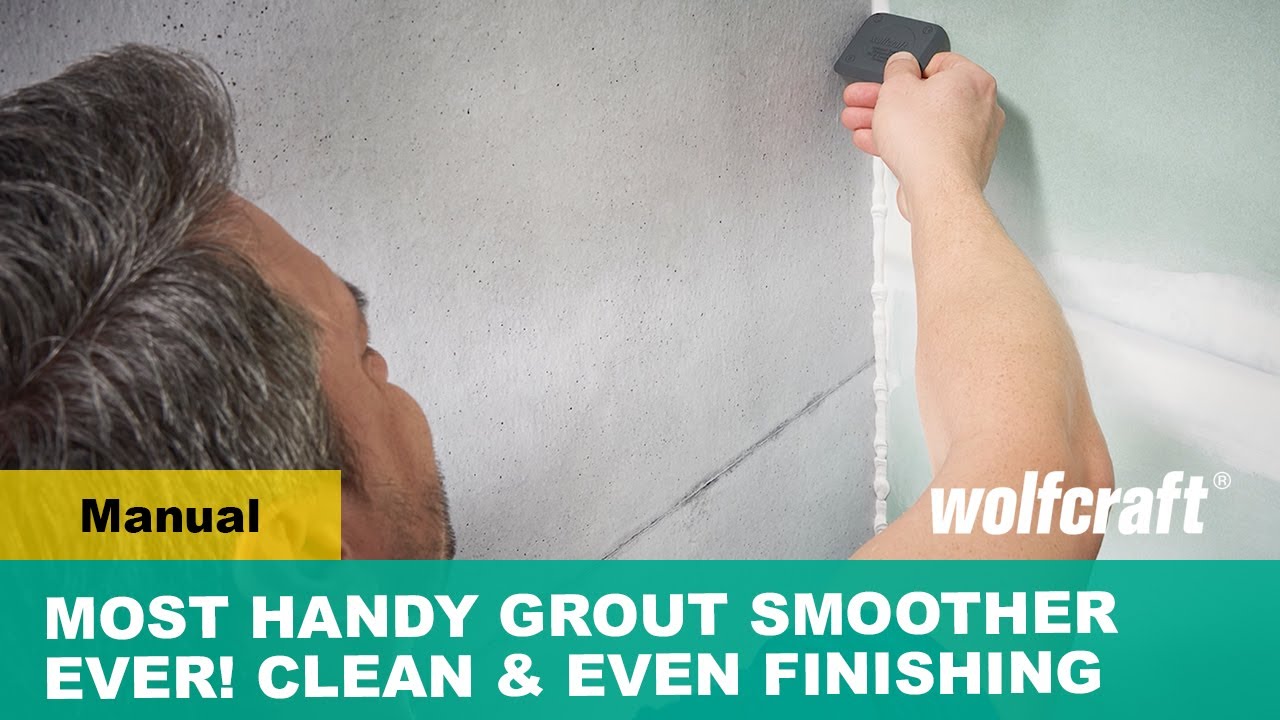
Other Projects
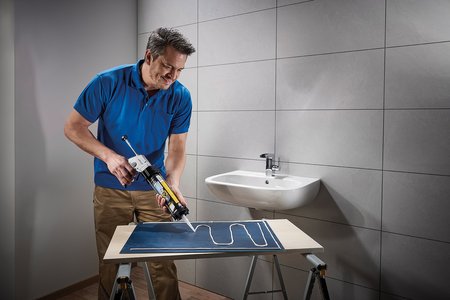
Construction Adhesive in the Bathroom
Mirrors, towel hooks and shower racks can be mounted easily using construction adhesive – without drilling any holes.
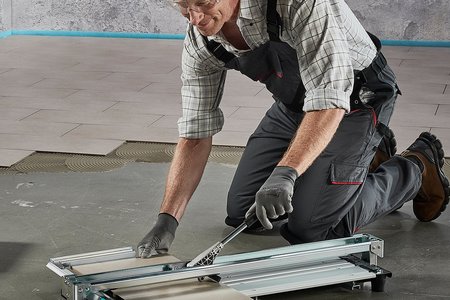
Cutting Tiles
Find out more about innovative tile cutters that help both amateurs and professionals with their work.
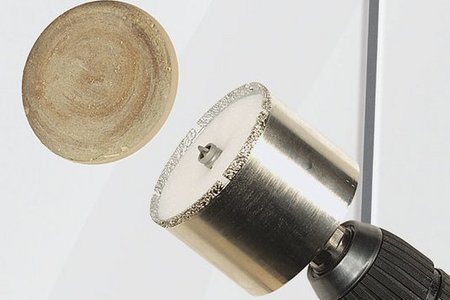
Drilling Tiles
Using the diamond hole saw to create recesses for heating and water pipes, electric sockets, hollow wall boxes or drainage pipes

